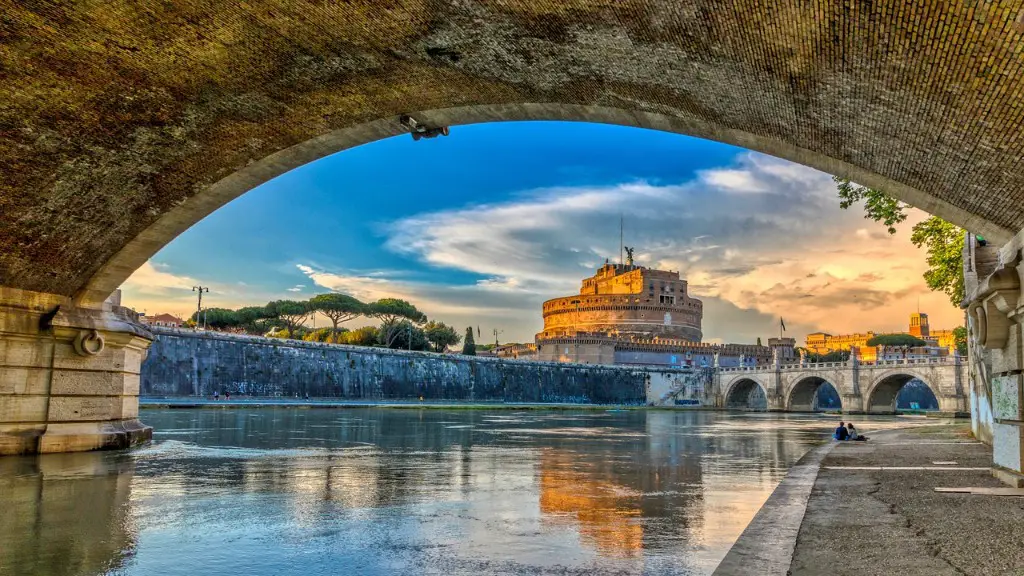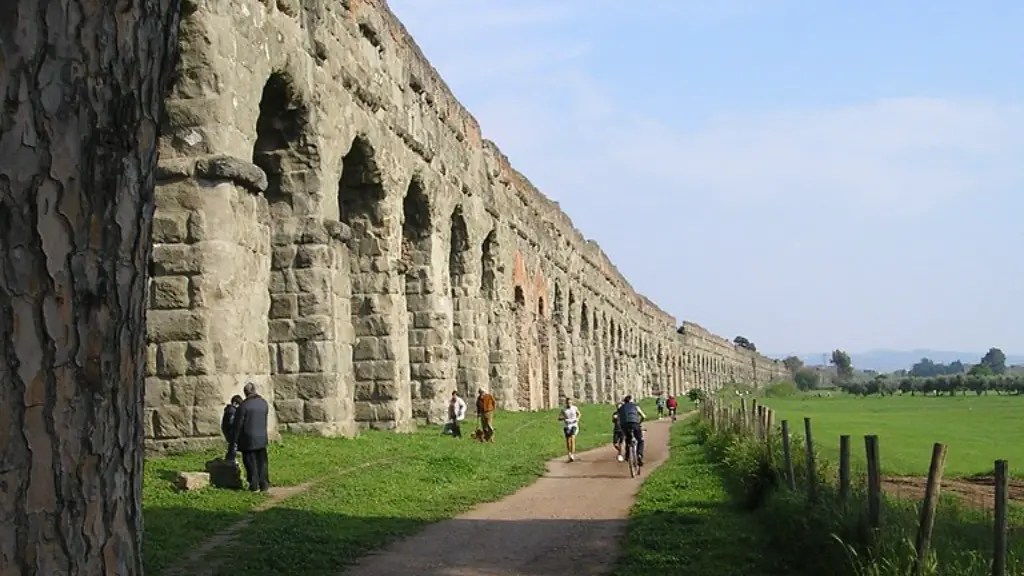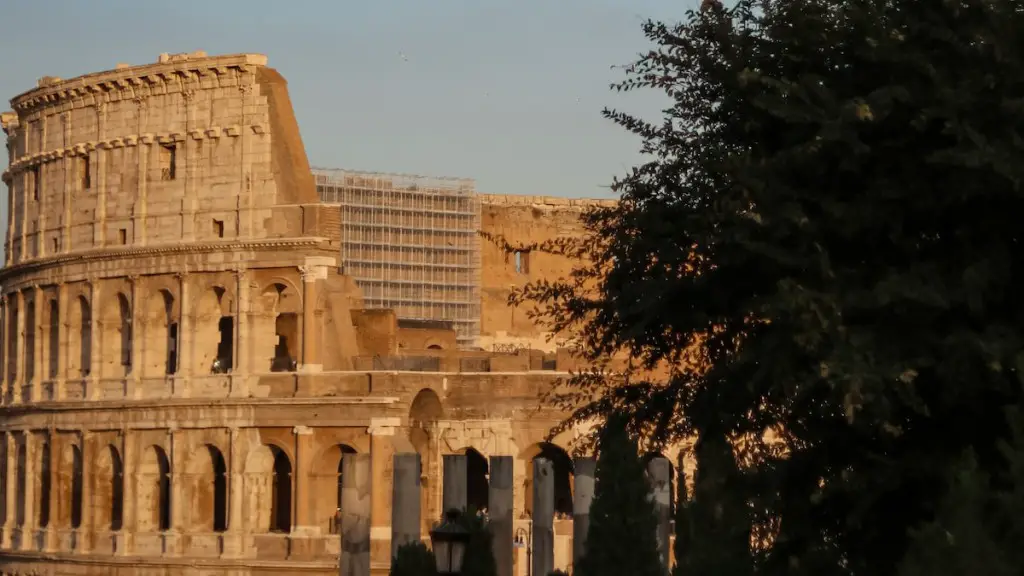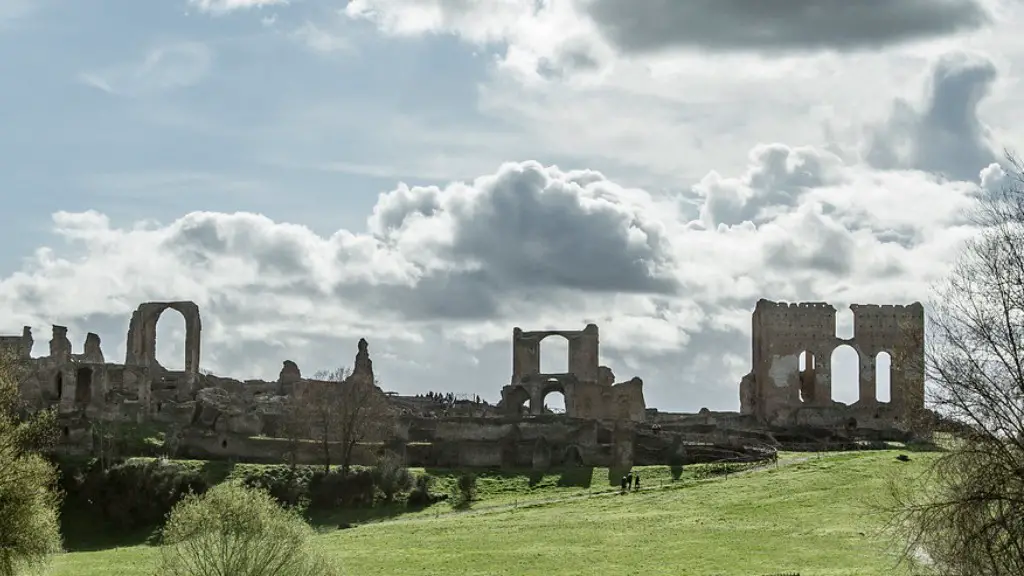Between the 8th and 3rd centuries BCE, the Roman Republic was established in the Italian peninsula. This led to a growing need for food to support the ever-expanding population. The development of Roman agriculture allowed for the surpluses necessary to feed not only the people of Rome, but also to trade with other civilizations. This, in turn, allowed for the growth of the Roman Empire.
The impact of agriculture on ancient Rome was significant. Ancient Rome was a society that was heavily dependent on agriculture for its survival. The Roman economy was based on agriculture and the success of Roman farmers was essential to the welfare of the city. Without a thriving agricultural sector, Rome would not have been able to prosper.
How did agriculture affect ancient Rome?
The great majority of the people ruled by Rome were engaged in agriculture. From a beginning of small, largely self-sufficient landowners, rural society became dominated by latifundium, large estates owned by the wealthy and utilizing mostly slave labor. This shift had a number of consequences for Roman society as a whole. First, it led to a concentration of wealth and power in the hands of a small elite. Second, it resulted in the displacement of small farmers and the growth of a landless class of poor people. Third, it created a dependent class of slaves who had no rights or freedoms.
Roman farmers considered olives, wheat, and grapes to be vital crops. Wheat was a particularly important food crop because it was turned into bread. Olives were pressed into olive oil, and grapes were fermented to become wine or vinegar. All of these products were essential to the Roman way of life.
Did Rome depend on agriculture
Wealthy ancient Romans had larger farms and they hired slaves to work the farms most of the time. They made money from their crops, and this helped them buy things that they needed and sometimes even educate their children.
Roman agriculture was highly efficient and effective, able to produce a large surplus of crops that could be traded for other goods. Rome’s main crops were wheat, barley, olives, and grapes, which were all staples of the Roman diet. Rome also had access to a variety of other crops from its provinces, which helped to diversify the Roman diet and economy. Roman trade was essential to the success of the empire, as it allowed for the exchange of goods and resources between different parts of the world.
How did agriculture help Rome?
The farmers in Ancient Rome were very important to the society as a whole. They provided food for the citizens and developed new technologies that helped the Roman civilization progress. Some of these technologies include the aqueduct, the tribulum, and the granary. These innovations made it possible for the Romans to store and transport food more efficiently, which was crucial for the growth of their society.
The three most important agricultural products traded in the Roman world were grain, wine and olive oil. These products were essential to the Roman diet and were traded extensively throughout the Mediterranean region. The plants which produced them were known as the ‘Mediterranean triad’, and their farming as ‘polyculture’.
What contributed to Rome’s thriving agriculture?
The climate in Rome was very mild, which made it possible to grow wheat, grapes, and olives. This abundance of food supported the people and allowed Rome to prosper. While the climate made year-long agriculture possible, Rome also had the advantage of being near water. The Tiber River helped the agricultural system to prosper.
Farming was an important role in ancient Rome because the population was large and it needed a large food supply. In Roman times, if you lived in the country, you were a farmer. Most people in the Roman world were farmers. Some who worked on the farm were slaves but most were free.
Why did agriculture decline in Rome
There is no doubt that the Roman Empire was in decline by the end of the 4th century. Agriculture, which had been the main engine of Roman economic production, was held to be misfiring badly; the commonest view was that over-taxation was not leaving the peasantry with sufficient food, generating a slow but significant decline in population and output. Even if this was not the whole story – and there were other factors, such as barbarian invasions, that were contributing to the decline – it was undoubtedly a significant factor.
Agriculture has long been the basis of the economy in many parts of the world. In the past, there were mostly small farmers, but there were also some wealthy landowners who employed many peasants and slaves to work on their large estates. The main crops grown were, logically, the Mediterranean triad of wheat, grapes, and olives. Crafts were also important in the economy.
What helped ancient Rome grow?
The fertile soil of the Po and Tiber River Valleys allowed Romans to grow a diverse selection of crops, such as olives and grains. This allowed the empire to have a food surplus to feed its population and trade with other societies. The empire also used the resulting wealth to expand its military strength.
A standardized currency facilitated trade across the growing Roman world. Coins could be exchanged for any goods or services and were easy to transport. Currency made it easier to relocate and direct resources, and this in turn encouraged more economic interactions.
Why was agriculture considered the most important
Agriculture is important because it helps to sustain life by providing the food we need to survive. It also contributes $7 trillion to the US economy. Despite agriculture’s importance, the Economic Policy Institute reports that farmworkers are among the lowest-paid workers in the US. This is because the agricultural industry is largely controlled by a few large corporations who are able to keep wages low.
Agriculture is the backbone of the US economy, and its impact is felt in more places than just the grocery store or restaurant. The agriculture industry drives economic growth and creates a broader market for related industries. When consumers purchase food, they are also supporting industries like food sales, nutrition research, horticulture, and restaurants. These industries rely on agriculture to thrive, and they in turn contribute to the overall health of the US economy.
How important is agriculture in Italy?
The Italian agricultural sector is characterized by a strong north-south divide. The more industrialized and developed north is responsible for a large share of the country’s output, while the more backward and agrarian south lags behind. This division is reflected in the country’s GDP, with the agricultural sector accounting for only about 2% of the total. Despite its relatively small size, however, the sector is of great importance to the Italian economy, thanks to its high level of productivity and export orientation. Italy is one of the largest agricultural producers and food processors in the EU, and its agri-food exports are worth around €30 billion per year. The sector employs around 1.6 million people, or around 5% of the country’s workforce.
Without agriculture, dense populations could not be supported. People would have to spend all their time hunting and gathering food, and there would be no time or opportunity for anything else. Agriculture allowed people to settle down and establish villages, towns, and cities. It also produced enough food that people could pursue other interests, such as art, music, science, and religion.
Warp Up
Agriculture had a huge impact on ancient Rome. It was one of the most important aspects of their economy and it allowed them to maintain a large population. Agriculture also had a big impact on their culture and way of life.
Agriculture had a huge impact on ancient Rome. It was the main source of food and income for most people. It also provided the raw materials for many industries, such as pottery and textile production. The development of new agricultural techniques, such as irrigation and crop rotation, greatly increased Rome’s food supply and made it one of the most prosperous empires in the world.




